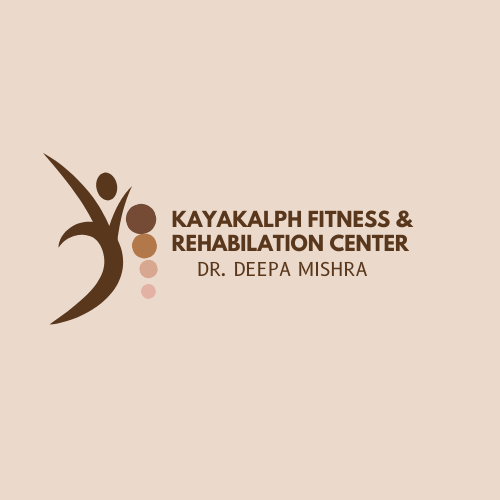Dry Needling: A Revolutionary Approach to Pain Relief and Muscle Recovery
Modern physiotherapy has introduced various techniques to alleviate pain and improve muscle function, and one such effective method is dry needling. This innovative approach helps relieve muscular pain, enhance mobility, and promote healing by targeting trigger points within the muscles.
What is Dry Needling?
Dry needling is a therapeutic technique where thin, sterile needles are inserted into myofascial trigger points—tight knots in muscles that cause pain and dysfunction. Unlike acupuncture, which is based on traditional Chinese medicine, dry needling is rooted in Western medical principles and focuses on muscle physiology and pain relief.
How Dry Needling Works
When a needle is inserted into a trigger point, it stimulates a localized twitch response in the muscle. This response helps:
- Release muscle tension and knots
- Improve blood flow and oxygen delivery
- Reduce pain and inflammation
- Enhance range of motion and muscle function
Conditions Treated with Dry Needling
Dry needling is beneficial for a variety of musculoskeletal conditions, including:
- Chronic Pain – Helps alleviate conditions like fibromyalgia and myofascial pain syndrome.
- Sports Injuries – Aids in recovery from muscle strains and overuse injuries.
- Neck and Back Pain – Relieves tension from prolonged poor posture or stress.
- Tendonitis and Joint Pain – Assists in reducing inflammation in tendons and joints.
- Headaches and Migraines – Eases tension in the neck and shoulders contributing to headaches.
Benefits of Dry Needling
- Quick Pain Relief – Immediate reduction in muscle tightness and discomfort.
- Improved Mobility – Enhances flexibility and restores normal muscle function.
- Non-Medicated Treatment – A natural alternative to pain medication and anti-inflammatory drugs.
- Accelerated Recovery – Speeds up the healing process in injured muscles and tissues.
What to Expect During a Dry Needling Session
- Assessment – A physiotherapist evaluates your condition and identifies trigger points.
- Needle Insertion – Thin needles are inserted into the identified areas.
- Muscle Response – You may feel a mild twitch or slight discomfort as the muscle releases.
- Post-Treatment Effects – Mild soreness may occur but usually subsides within a day or two.
- Recovery Plan – The therapist may recommend stretches, exercises, and hydration to maximize benefits.
Is Dry Needling Safe?
Dry needling is generally safe when performed by a trained professional. Some temporary side effects include mild bruising, soreness, or fatigue. However, these effects typically resolve quickly.
Who Can Benefit from Dry Needling?
Anyone experiencing muscle pain, stiffness, or limited mobility may benefit from dry needling. It is commonly used by athletes, individuals with chronic pain, and those recovering from injuries or surgeries.
Conclusion
Dry needling is an effective and innovative technique for pain management and muscle recovery. By targeting trigger points, it helps relieve pain, improve movement, and accelerate healing. If you’re struggling with muscle tension or chronic discomfort, consulting a qualified physiotherapist about dry needling could be the key to finding relief and regaining function.

